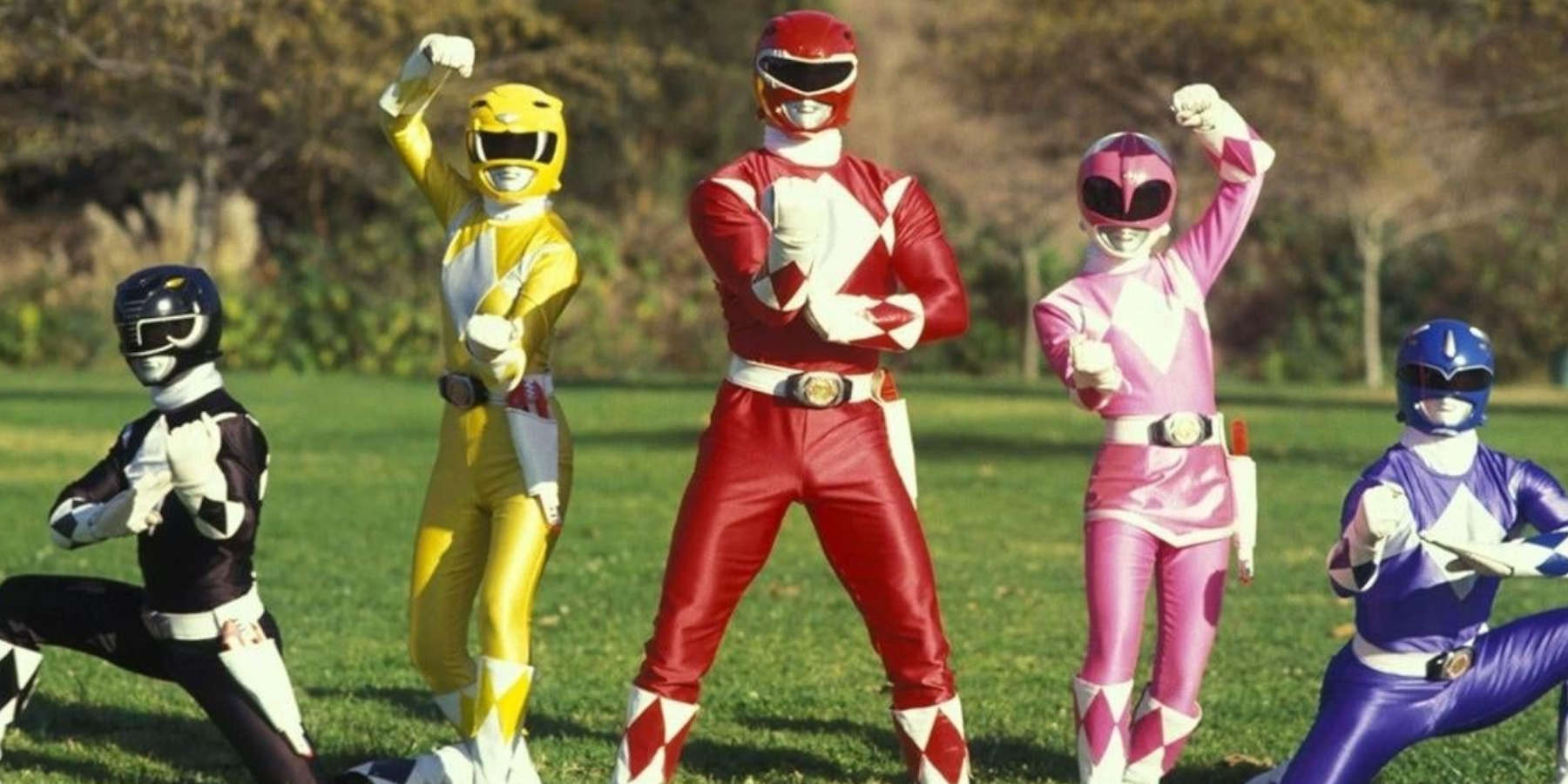
Power Rangers is a juggernaut of a franchise. Since its debut in 1993, the show has had 27 seasons, three movies, a popular comics series, and loads of different toys. Even now, the franchise is showing no signs of stopping!
Power Rangers’ format and the way it presents its content is actually a great model for ttrpg campaigns, even ones that are having nothing to do with the source material. Here are 5 things that Power Rangers can teach you about running a game:
Episodes Upon Episodes
Power Rangers’ use of the monster-of-the-week format is a big part of its success. It keeps the action constant and allows each episode to have a nice ebb and flow that keeps viewers interested.
This is a good format to use when running ttrpgs. A monster-of-the-week format means that each session has its own arc, and this means that players feel like they’re always making progress. And, it also gives each session a nice jumping in and dropping off point.
A monster-of-the-week format also allows you to easily mix things up, be it spotlight sessions that focus on a single character, sessions that experiment with different genres, or sessions themed to real-world holidays like Halloween and Christmas.
But don’t think that this means that you need a massive monster fight every session. The monster can be any major stumbling block or antagonizing force, from a puzzle to a specific social interaction.
Style On Minions
Every season of Power Rangers brings with it a new army of faceless minions. These faceless masses serve one purpose: to get beaten.
They also perfectly compliment the bombastic style of combat that has become Power Ranger’s trademark. Each fight scene is full of complex choreography, and they are all packed to the brim with movement, color, and excitement.
In fact, a good chunk of the show’s characterization occurs during these fight scenes. How a character moves, uses their weapons, handles their foes, and works with the other members of the ranger squad can tell the audience a lot about the character and their feelings at that specific moment.
This is something to keep in mind while running ttrpg games with combat elements. Letting the players fight with style rather than strategy opens up a lot of fun roleplay moments and gives players a chance to explore their character through action. It also gives them a chance to experiment with their abilities, finding new and inventive ways to use them that can come in useful in later encounters.
Minion hordes are a great way to do this as they give players a chance to show-off in a low-stakes environment. As, while the heroes are outnumbered, the minions are weak enough that they pose no major threat unless a hero gets totally surrounded.
Monsters Can Be Anything
Coming up with antagonists can be tough. But if Power Rangers teaches us anything, it is that you can make anything into a monster!
Throughout the years, the rangers have faced: a giant evil turkey, an evil cab, a mole that dresses like a stereotypical art student, a woman made out of various hearts, a giant lipstick, and a rapping pumpkin.
So, if you’re struggling to come up with a foe, look around your house or start googling random animals and then work from there. Often these strange monsters or foes are some of the most memorable in a campaign!

Roll Calls And Catchphrases
One of Power Ranger’s recurring motifs is the roll call. When the heroes transform into their superpowered forms, each hero will announce themselves (and their color) as well as shouting a short catchphrase.
This is a really fun thing to do with ttrpg groups as it gives every player a little bit of spotlight time before each fight and can lead to some nice character moments as the catchphrases change or morph over time.
Embrace Goofiness
Power Rangers, simply put, is dumb. It is a franchise where a group of teens in primary-colored spandex beat up weird monsters while other monsters chew the scenery.
But, it works.
A big reason why it works is that it doesn’t try to hide its goofiness. It wears its silliness on its sleeve and rejoices in the cliches and features of its genre.
Sometimes, tabletop plots are dumb, silly, cliche, or ludicrous. That is perfectly okay. If you and your players want it, there is nothing wrong with having some cheesy fun. Embrace the silliness of your game’s genre and don’t feel the need to try and make your story dark, edgy, or “cool” if you don’t want to.
Having fun is the aim of the game. And, if you and your players want to have some silly, escapist fun, that is totally okay!
Jonathon Greenall is a freelance writer, artist, and tabletop roleplaying game designer who has written for CBR, Polygon, Nintendo Life, Gayley Dreadful, Enbylife, and many other publications. They have also published several popular and highly-praised tabletop roleplaying games including “You Have One Ability….The Ability To Fuck This Up,” “Macarons, Milkshakes, And Magic,” and “Wander Wizards.”
Jonathon has always been fascinated by media, from the big hitters to the small, obscure, and often overlooked titles that linger on the sidelines, capturing both the on and off-camera stories that make these shows so fascinating.
Jonathon is also a major anime fan, having been exposed to the medium through shows like Sailor Moon and Revolutionary Girl Utena. Since then, Jonathon has maintained a passion for anime, watching most new shows each season and hunting down overlooked gems from previous ones.

